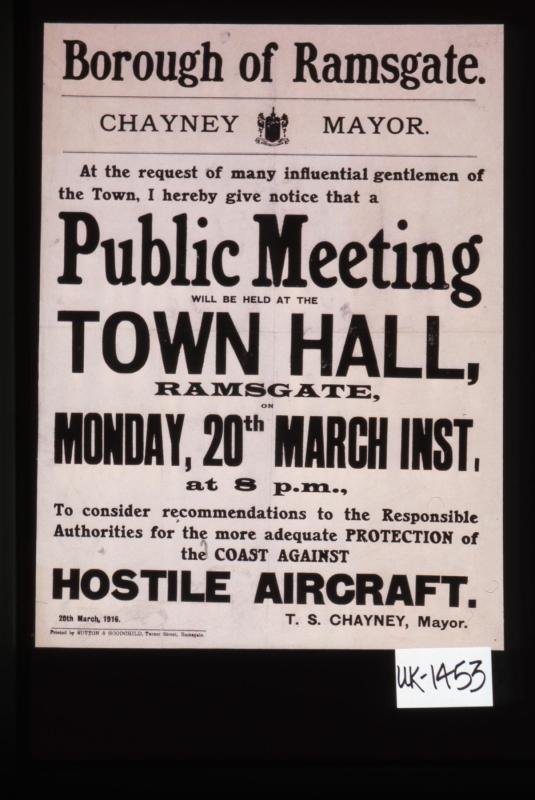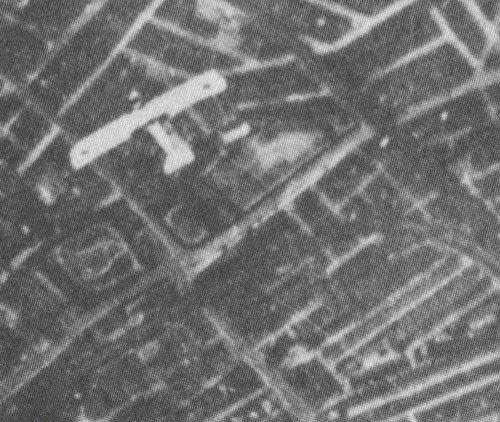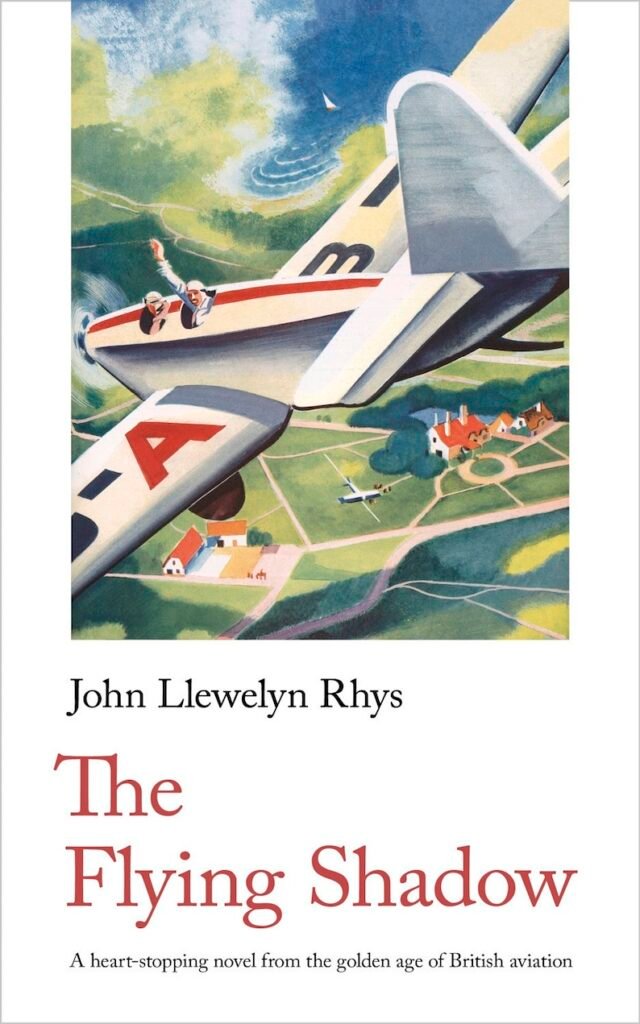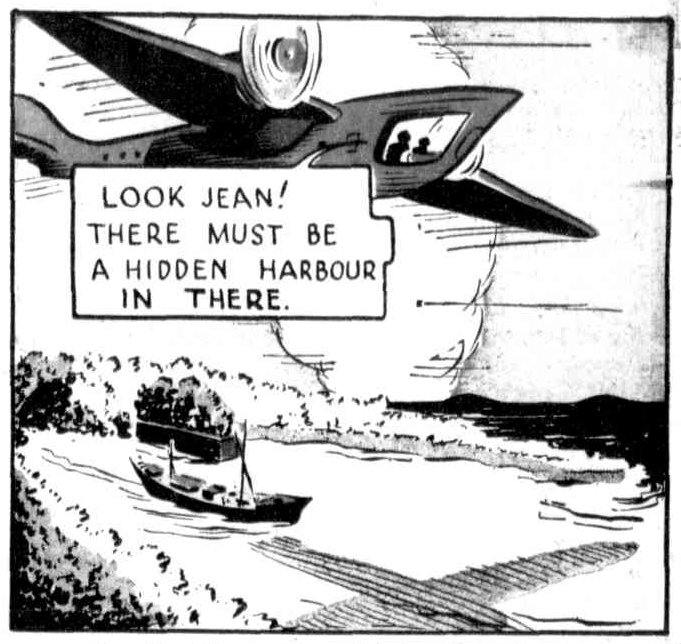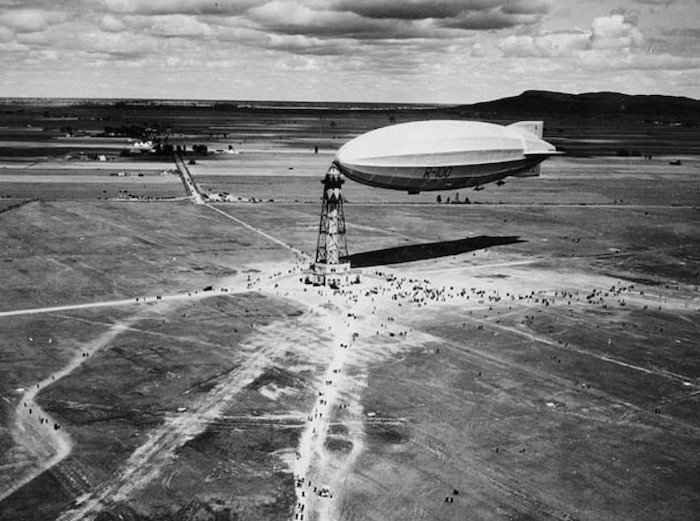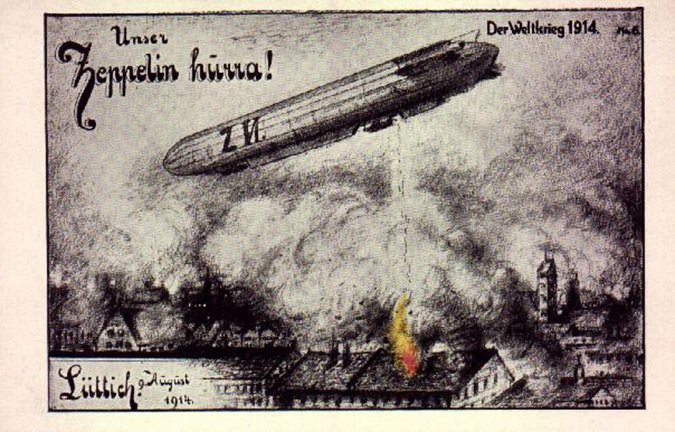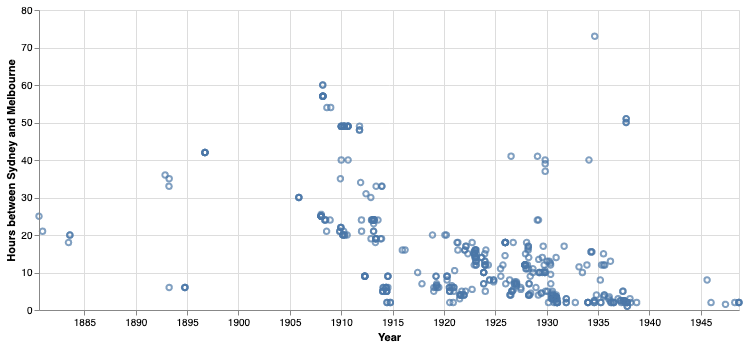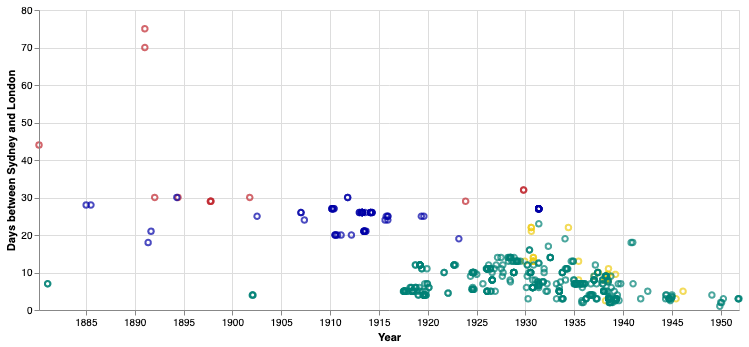Mutual aid in an air raid
In August 1940, the letter columns of the Stoke-on-Trent Evening Sentinel raged with an intense (if brief) controversy over the existence of unofficial civil defence groups known as ‘street patrols’. These were nothing to do with the national Air Raid Precautions (ARP) organisation, which among other things recruited air raid wardens to monitor and coordinate […]


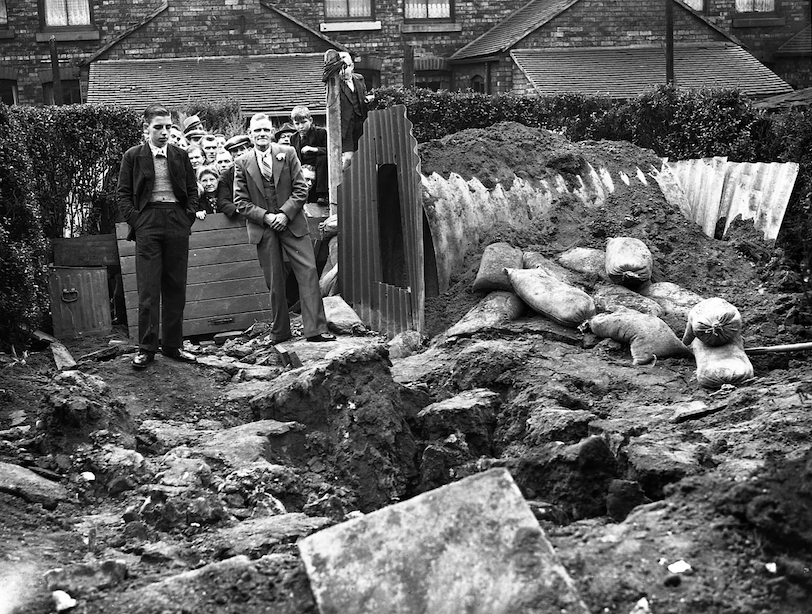
![German propaganda poster with a vibrant and striking image depicting swarms of British aircraft bombing an industrial site to illustrate the following quote, by British Labour Leader Johnston Hicks [sic], which appeared in the 'Daily Telegraph' on January 3rd 1918: 'One must bomb the Rhineland industrial regions with one hundred aircraft day after day, until the treatment has had its effect!’](https://airminded.org/wp-content/uploads/2024/03/artv05099.jpg)
